Portland’s Urban Growth Boundary Could Force the City to Go Taller
Wednesday, April 08, 2015
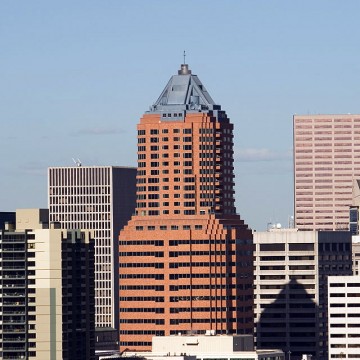
Today, the majority of high rises are located in Portland’s west quadrant, ranging from 15 stories upwards to 42.
With Portland’s push towards high density, matched with an exceeding housing shortage, the central city could make room for more high rises at the hands of opportunistic investors.
Last summer, the Portland Bureau of Planning and Sustainability (BPS) initiated the West Quadrant Plan, which seeks to guide future investment and development to the area.
The Lloyd District, across the river to the east, is also exploding with development, according to the BPS.
“There’s a lot of interest from the development community being able to build taller buildings,” said Mark Raggett, senior planner at BPS. “The central city of Portland is the only place in the state where you can build to 200 or 300 feet.”
By BPS definition, a high rise in the central city of Portland is a building over 15 stories.
Five high rises are currently under construction, which includes four residential buildings and the Park Avenue West Tower, designated for commercial office space, ground floor retail and apartments. When completed, the skyscraper will be the fourth tallest building in the Rose City at 504 feet.
Raggett said Portland’s interest in taller buildings in the downtown area helps maintain the city’s urban growth boundary. It also reduces pressure on suburban areas and natural habitats outside the boundary.
And unlike lower, squat buildings that cover more area, tall buildings allow room for plazas and small public spaces, according to the BPS.
Sky’s the Limit
In the late 1980s, Portland made strides to preserve and protect its public views of Mt. Hood from the shadows of high rises.
Adding to that, the City’s intentions were to build on a smaller scale, from the center outward, to maintain the attractiveness of sights along the Willamette River.
By the late 1990s, downtown residential living had become an emerging market, led first by the development of the Pearl District.
But as more people moved downtown, it seems they didn’t expect as many newer, larger buildings to pop up around them.
“We’re hearing a lot of concerns about the character of new developments and what that means to the skyline of the central city, also to the streetscape, and impacts on social isolation,” said Raggett. “Those concerns are largely coming from a population of downtown residents.”
Before the 1988 City Central Plan, Portland’s limit on height hit 460 feet. These days, in the Pearl and Lloyd districts, that number is unlimited.
Vanessa Sturgeon, president and CEO of TMT Development Company, the force behind Park Avenue West Tower, believes that Portland’s skyline is perfectly suited for high-rise development.
And in fact, the urban growth boundary has only motivated her company to be more creative in its development, she said.
“We have to be more conscious about density because we don’t have the ‘easy out’ that sprawl provides,” said Sturgeon. “Our urban growth boundary is one reason so many institutional investors have been attracted to Portland, it makes downtown a safe bet for investment. The more stakeholders the better.”
For Gerard Mildner, associate professor of Real Estate Finance at Portland State University, his concern lies with the additional costs of higher density.
He said the City has targeted some of Portland’s cheapest areas, like Gateway and 82nd Street, for high-rise living. If that were to happen, rents would continue to increase drastically across the city.
“I don’t have a problem with high density,” said Mildner. “But to make the assumption that high rises are going to be the bulk of our housing for the next 20 years I think is insane.”
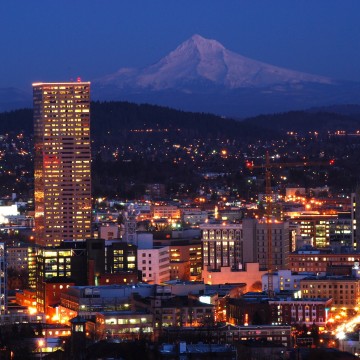
Vertical Sprawl
Michael Mehaffy is an urban development consultant and a resident of Portland’s west side.
What troubles him is vertical sprawl, which he says can damage walkable, human-scale urban communities. Also, the aesthetic impact of a building is greatly magnified by its towering height.
“Tall buildings are, in affect, a type of vertical gated community,” said Mehaffy, who also dismisses the argument that high rises are an efficient and “more green” way to develop.
And while high rises might have their purpose, they’re definitely not a silver bullet answer to combat sprawl, believes Mehaffy. On the contrary, he said low and mid-rise buildings get better results regarding urban density and “compactness.”
“This wave of capital that’s surging into our city can be managed with tools that don’t allow a new generation of very damaging buildings to be built in our core,” he said.
Tall buildings also have negative social impacts on city residents, argues architect Suzanne Crowhurst Lennard, founder of the International Making Cities Livable Conferences.
“High rise buildings create inequality and un-livability,” said Lennard. “They increase land prices so rapidly that the poor and middle classes are quickly displaced.”
“If Portland planners and elected officials continue to push high-rises through,” continued Lennard, “our city will quickly lose its unique livability and become as unaffordable as Vancouver, B.C., New York, and Hong Kong.”
Should The Boundary Be Broken?
Portland should not have to choose between outward or upward, according to Suzanne Crowhurst Lennard.
She said documentation shows, “enough available land, for example in parking lots, to accommodate all necessary growth without breaking the urban growth boundary or building high rises.”
Gerard Mildner is a little more eager to question the boundary, by looking toward additional suburban development, like urban reserves in Washington County, which would not necessarily embrace sprawl.
“We know we’re going to be expanding the urban growth boundary sometime over the next 20 years,” said Mildner.
“Frankly, I think we should be doing it today, because it will take those urban reserves 10 years to plan for that growth, and it’ll take some of the heat off the current housing market.”

Related Slideshow: Portland’s 20 Hottest Neighborhoods for Real Estate
What are Portland’s hottest neighborhoods for real estate? The 20 neighborhoods below are ranked by the number of sold homes over the last 90 days. The information, along with the median list price and median price per square foot, comes from the real estate company Redfin. The population is from 2010 census data.
The sale to list percentage, also from Redfin, is the final selling price over what the listed price was, to show how close sellers came to their asking price. In cases where it is over 100 percent, the seller got more than then listed price.
Find out what the hottest real estate neighborhoods in Portland are:
Related Articles
- Will Growth Kill Portland?
- Home Buyers Flee Portland City Limits to Suburbs
- Can North Portland Be ‘Saved’?

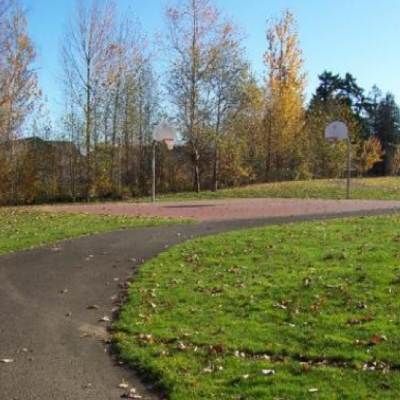
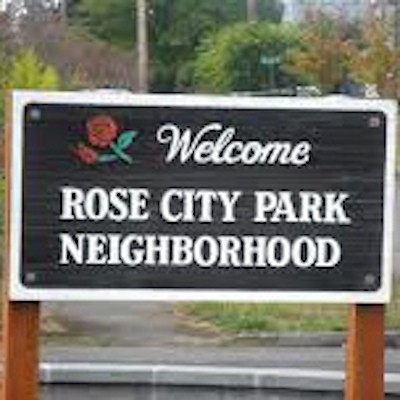
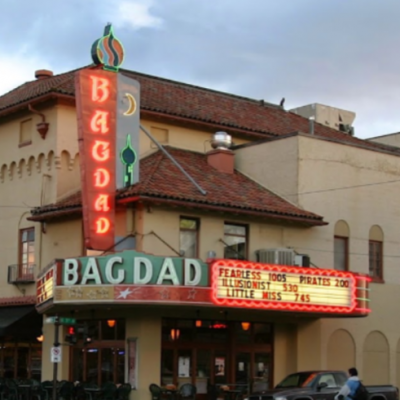

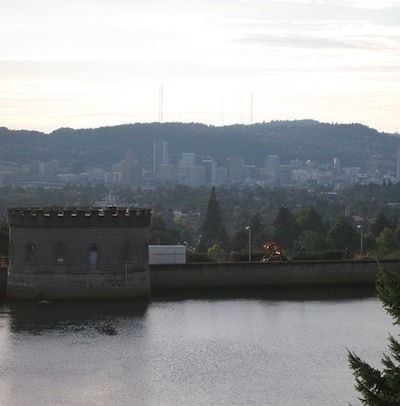
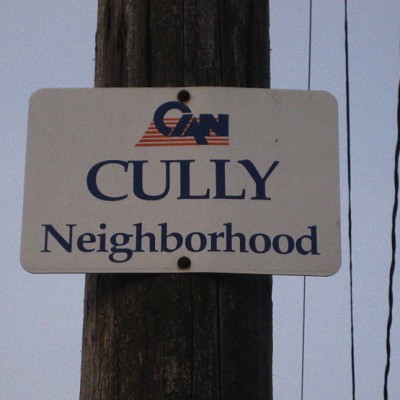
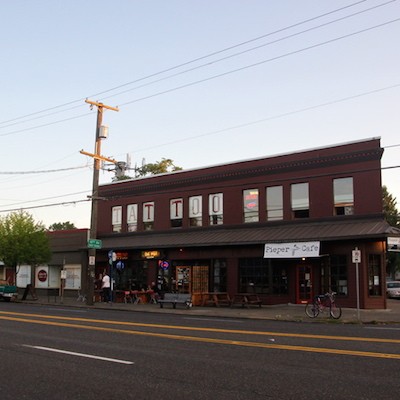
_400_400_90.jpg)
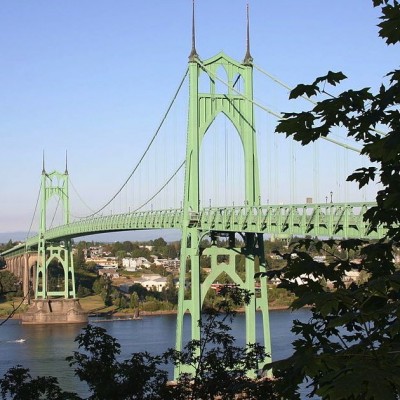
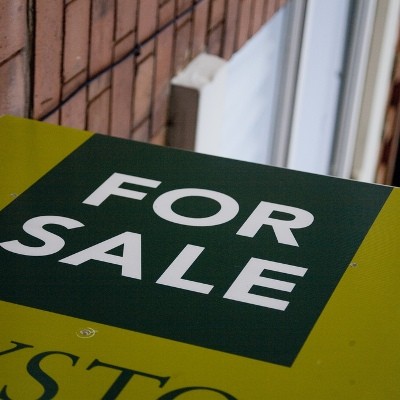
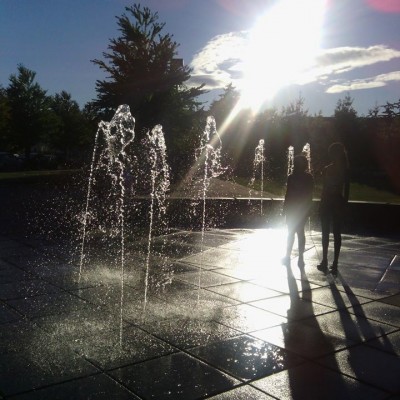
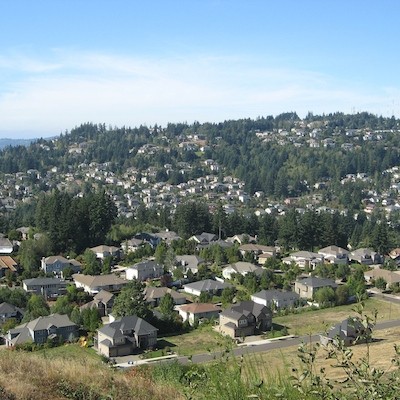
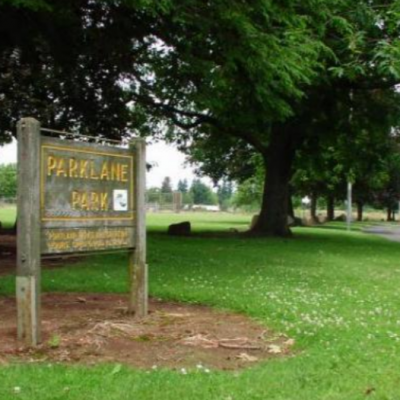
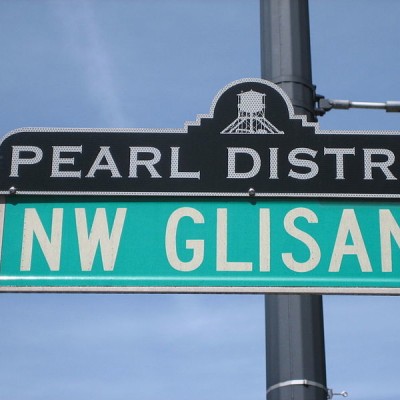
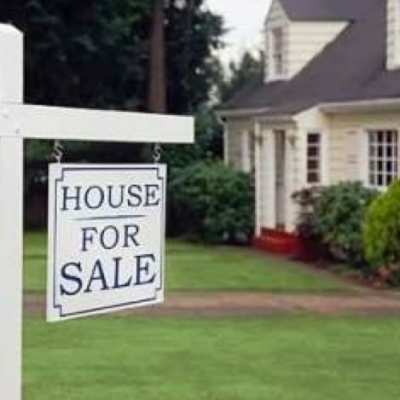
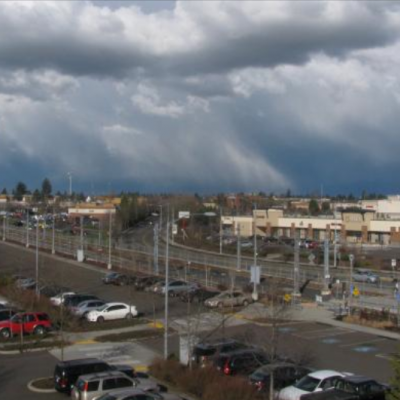
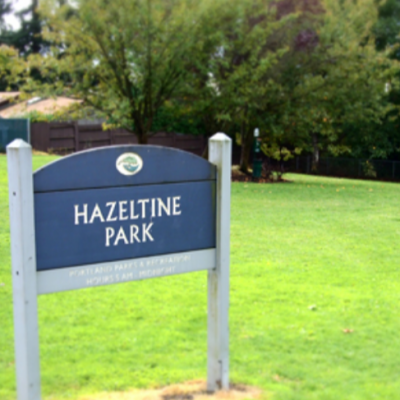
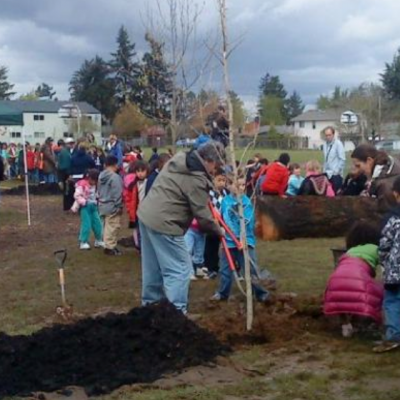
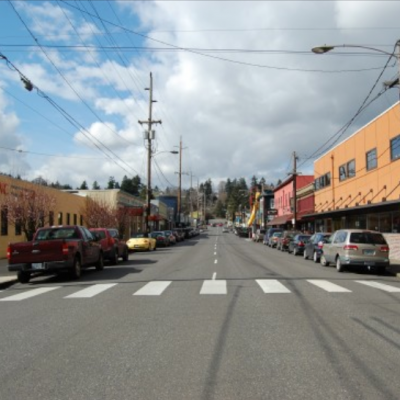







_80_80_90_c1.jpg)














Follow us on Pinterest Google + Facebook Twitter See It Read It